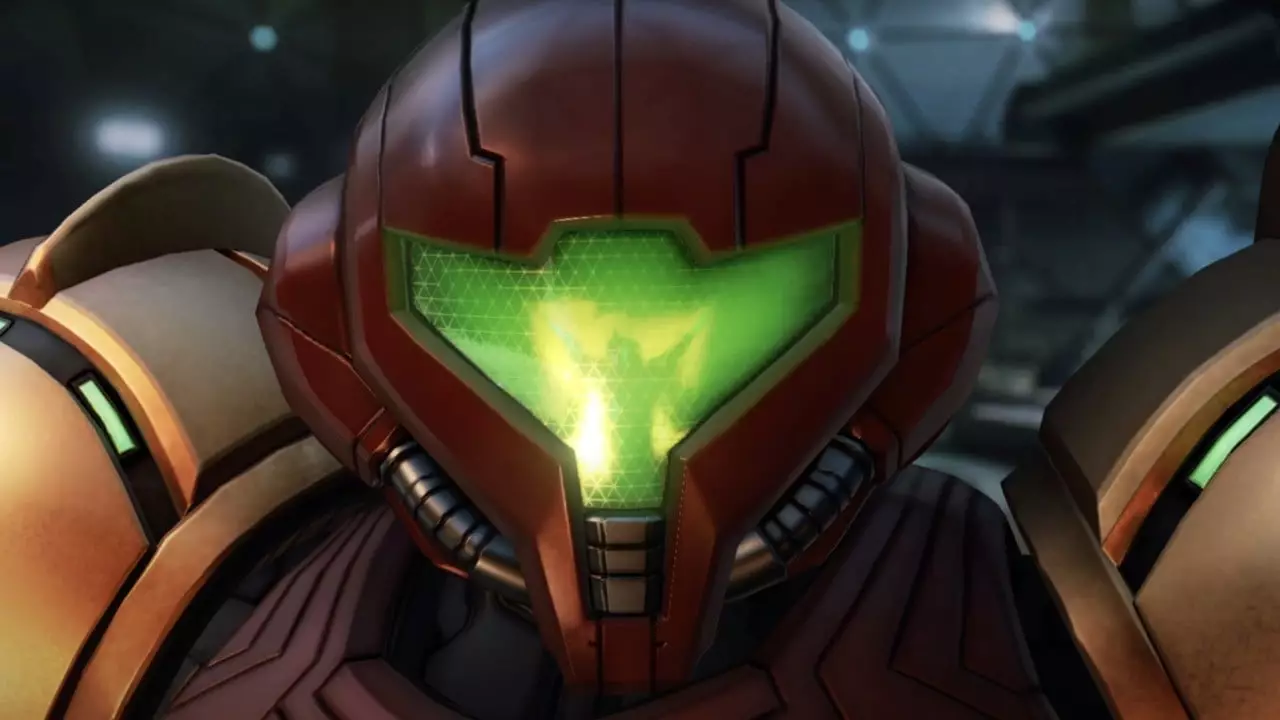As the gaming landscape evolves, developers often grapple with the challenge of re-releasing classic titles while meeting modern expectations. Capcom’s upcoming Fighting Collection 2 has generated significant buzz, but it’s essential to approach such collections with a critical lens. Nostalgia plays a powerful role in the expectations surrounding these remastered titles, and while the convenience of modern digital formats can be enticing, the essence of gameplay is often where the compromise occurs.
The allure of high-definition resolutions, such as 1080p and 4K, provides an attractive selling point for these re-releases. However, can we genuinely expect a faithful recreation of the original experience? For instance, classic games like Power Stone 1 and 2 were designed during a specific era with particular technology—primarily for the Dreamcast. Gaming enthusiasts may find that the transition to newer systems, even with impressive visuals, may fail to capture the original feel of the game. Coupled with modern input delays and potential latency issues, one can’t help but wonder if the gameplay integrity will be compromised.
Moreover, although modern displays like OLED offer vivid colors and sharp images, they ultimately detract from the emotional connection that players have with CRT displays. The tactile feedback of older systems, like a 32″ Sony WEGA Trinitron CRT paired with genuine hardware, serves as a benchmark that modern innovations struggle to surpass.
Anticipation for upcoming releases also deserves scrutiny, especially in relation to beloved franchises. For example, excitement for Metroid Prime 4 has inevitably waned among fans, particularly if it aligns too closely with recent remasters that fail to innovate. The absence of game mechanics that once defined the series, such as gyroscopic aiming, has sparked concerns about the authenticity of the experience on the Nintendo Switch. Players looking to wield the precision offered by the Wii Remote might find the Joy-Con’s functionalities lackluster, further diminishing the gameplay effectiveness.
Furthermore, if the goal of remastering is to refresh the franchise for modern audiences, reconsidering the approach and interface is vital. Selecting platforms like PlayStation VR2 could potentially rejuvenate classic experiences through emerging technologies, enhancing immersion in ways modern handheld consoles cannot compete with.
In addition to technical limitations, the inherent design choices in remakes can also raise eyebrows. While it’s commendable that titles like Donkey Kong Country Returns HD moved away from cumbersome motion controls, players are left questioning whether the fundamental design still resonates. The weightiness and control responsiveness observed in recent titles, such as Tropical Freeze, often feel disjointed when compared to the smooth gameplay of the original SNES trilogy.
As developers reimagine classic games for new generations, a careful balance must be struck between modern enhancements and preserving the heart of what made those games beloved in the first place. The challenge remains: can developers truly innovate while respecting the legacy of their iconic titles? Only time will tell whether these collections pan out as worthwhile offerings or merely glossy shells of their former selves.

